Disseminated Intravascular Coagulation
Article Sections
Introduction
Pathogenesis
The goal of hemostasis is to maintain the integrity of a high-pressure circulatory system. It is a coordinated process that involves the formation of a fibrin clot at the site of vascular injury, followed by clot lysis (ie, fibrinolysis) as the injured tissue undergoes repair. If any step in this process is disrupted, abnormal bleeding or clotting can occur.
DIC (Figure 1) occurs when widespread activation of the coagulation cascade (
Continue Learning with UWorld
Get the full Disseminated Intravascular Coagulation article plus rich visuals, real-world cases, and in-depth insights from medical experts, all available through the UWorld Medical Library.
Figures
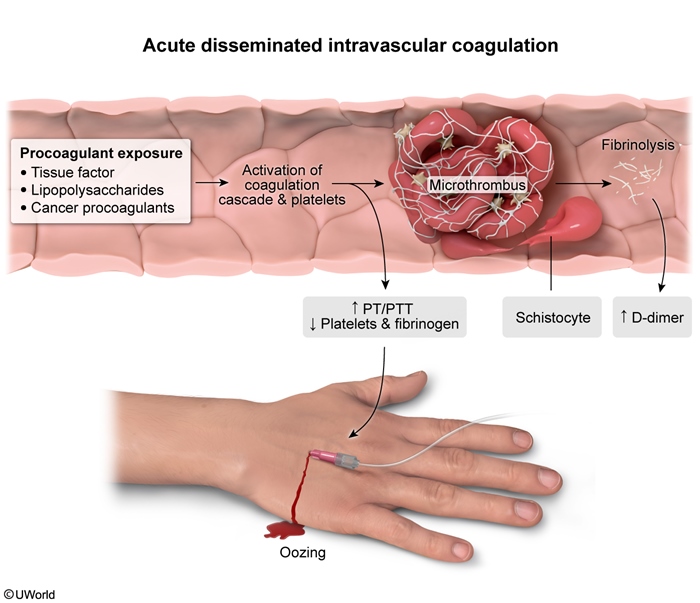
Figure 1
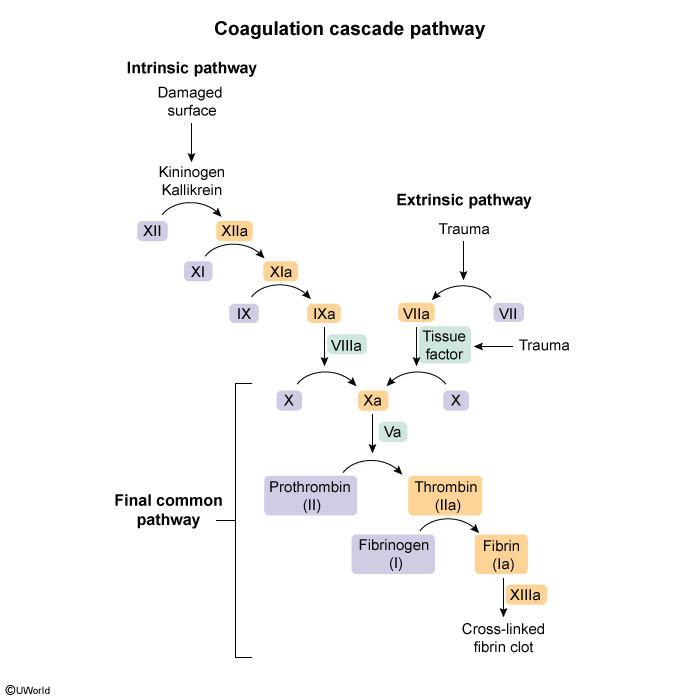
Figure 2
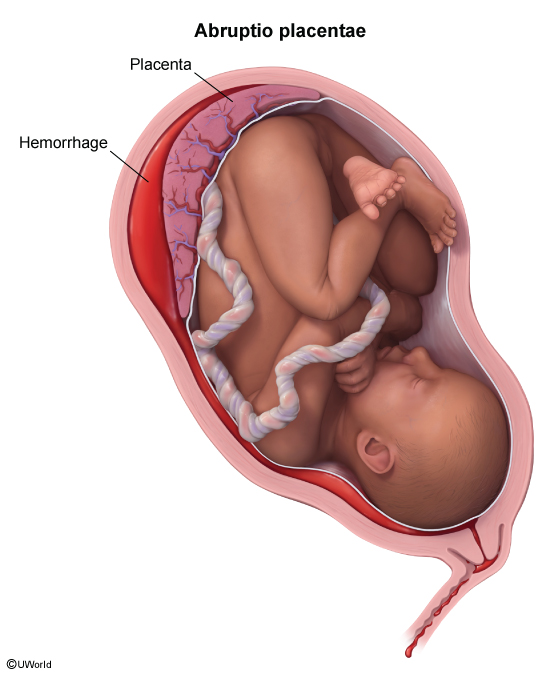
Figure 3
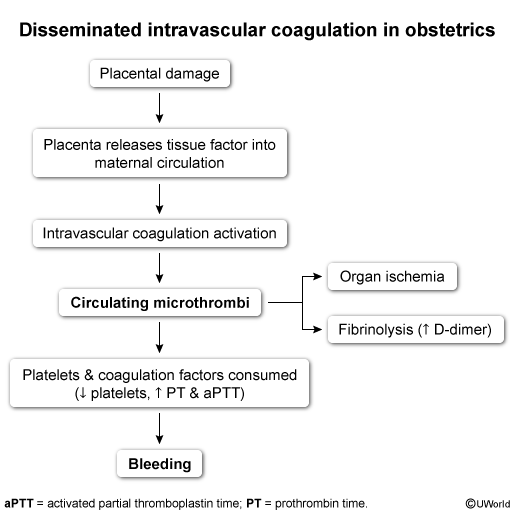
Figure 4
Images
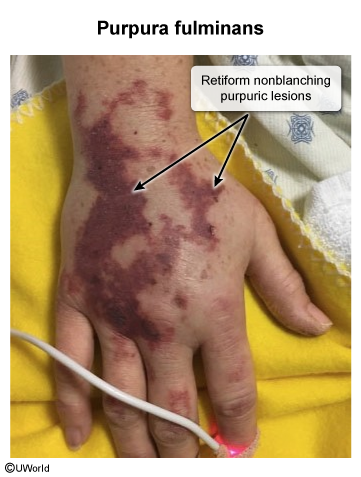
Image 1
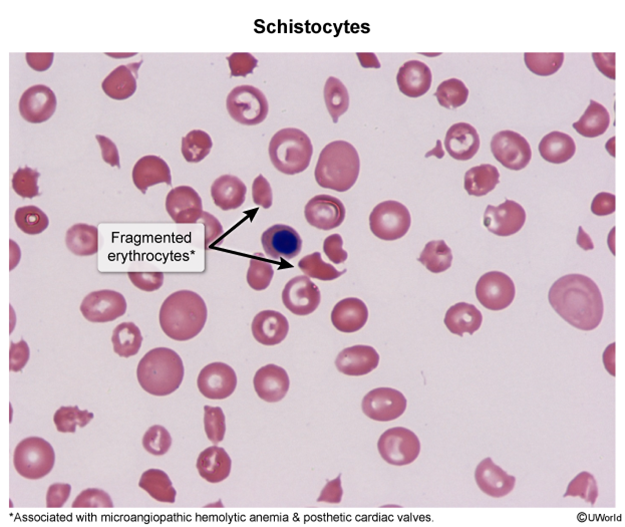
Image 2